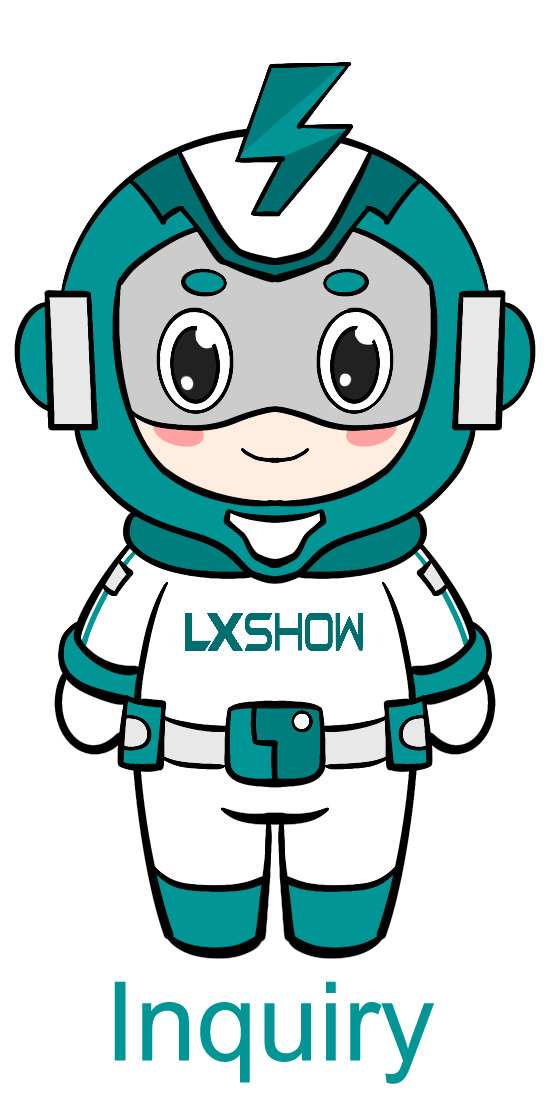


Powder feeding nozzle
1. Three-way/four-way coaxial powder feeding nozzle: the powder is directly output from the three-way/four-way, converged at one point, the convergence point is small, the powder direction is less affected by gravity, and the directionality is good, suitable for three-dimensional laser Restoration and 3D printing.
2. Annular coaxial powder feeding nozzle: The powder is input by three or four channels, and after internal homogenization treatment, the powder is output in a ring and converges. The convergence point is relatively large, but more uniform, and is more suitable for laser melting with large spots. It is suitable for laser cladding with an inclination angle within 30°.
3. Side powder feeding nozzle: simple structure, low cost, convenient installation and adjustment; the distance between powder outlets is far, and the controllability of powder and light is better. However, the laser beam and powder input are asymmetrical, and the scanning direction is limited, so it cannot generate a uniform cladding layer in any direction, so it is not suitable for 3D cladding.
4. Bar-shaped powder feeding nozzle: powder input on both sides, after homogenization treatment by the powder output module, output bar-shaped powder, and gather at one place to form a 16mm*3mm (customizable) strip-shaped powder spot, and the corresponding The combination of strip-shaped spots can realize large-format laser surface repair and greatly improve efficiency.
Powder feeder
Double barrel powder feeder main parameters
Powder feeder model: EMP-PF-2-1
Powder feeding cylinder: dual-cylinder powder feeding, PLC independent controllable
Control mode: fast switch between debugging and production mode
Dimensions: 600mmX500mmX1450mm (length, width and height)
Voltage: 220VAC, 50HZ;
Power: ≤1kw
Sendable powder particle size: 20-200μm
Powder feeding disc speed: 0-20 rpm stepless speed regulation;
Powder feeding repeat accuracy: <±2%;
Required gas source: Nitrogen/Argon
Others: The operation interface can be customized according to requirements


Laser Pyrometer
Closed-loop temperature control, such as laser quenching, cladding and surface treatment, can accurately maintain the hardening temperature of edges, protrusions or holes.
The test temperature range is from 700℃ to 2500℃.
Closed-loop control, up to 10kHz.
Powerful software packages for
process setup, visualization, and
data storage.
Industrial l/O terminals with 24V digital and analog 0-10V l/O for automation line
integration and laser connection.
Laser cladding advantages


Laser Cladding Applications
●In the automotive industry, such as engine valves, cylinder grooves, gears, exhaust valve seats and some parts that require high wear resistance, heat resistance and corrosion resistance;
●In the aerospace industry, some alloy powders are clad on the surface of titanium alloys to solve the problem of titanium alloys. Disadvantages of large friction coefficient and poor wear resistance;
●After the surface of the mold in the mold industry is treated by laser cladding, its surface hardness, wear resistance, and high temperature resistance are significantly improved;
●The application of laser cladding for rolls in the steel industry has become very common.
Laser Cladding Applications
If you want to know whether laser cladding is suitable for you, you need to tell the following points:
1. What material is your product; what material needs cladding;
2. The shape and size of the product, it is best to provide photos;
3. Your specific processing requirements: processing position, width, thickness, and product performance after processing;
4. Need processing efficiency;
5. What is the cost requirement?
6. The type of laser (optical fiber or semiconductor), how much power, and the desired focus size; whether it is a supporting robot or a machine tool;
7. Are you familiar with the laser cladding process and do you need technical support;
8. Is there any precise requirement for the weight of the laser cladding head (especially the load of the robot should be considered when supporting the robot);
9. What is the delivery time requirement?
10. Do you need proofing (support proofing)
















